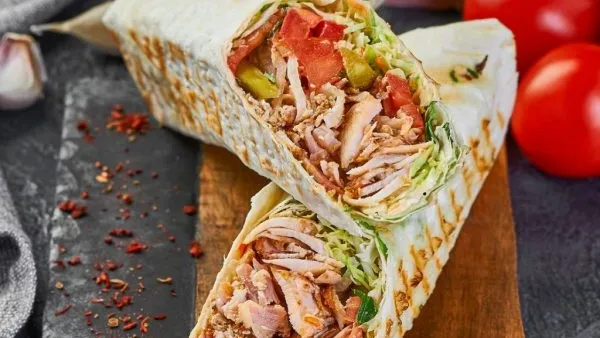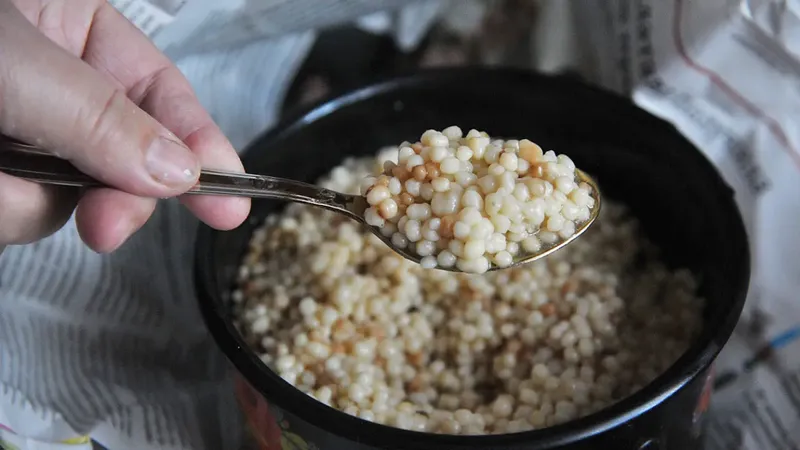Shawerma is one of the most popular street food options worldwide. This dish has everything you need for a satisfying meal: bread, meat, vegetables, sauce.
Shawerma is delicious, easy to hold, convenient to carry, and you can save some for later or share with a friend. It's the perfect dish! But who first thought of wrapping meat and vegetables in bread?
Read the history of Shawerma in the world and Russia.
Middle Eastern Tradition
Meat with greens and vegetables began to be served in laffa (flatbread) or pita in the Damascus kingdom. Chicken, lamb, or beef were most often used, but you could also try shawerma made from game meat, camel, or turkey. It is said that the first "shawarmasters" were nomads who roasted Saiga meat on a fire while traveling and used laffa instead of dishes.
The set of vegetables or greens varied greatly in different countries. Traditional Middle Eastern ingredients were often added: hummus from chickpeas, tahini from sesame, amba from mango with spices or spicy skhug. And also baked eggplant, pickled radish, pepper, but no cabbage or pickled cucumbers.
In Israel, shawerma, or schwarma, is also very popular, but dairy products are never added to the sauces.
It is believed that the word "shawerma" comes from the Turkish word cevirme, which means "rotation". After all, the meat is cooked on a vertical spit. However, you won't hear this name in Turkey - Turks call the dish "döner kebab".
Döner Kebab
From the Middle East, the history of the origin of shawerma, along with migrants, moved to Germany. This street food was popularized in the 1970s by the Turkish chef Kadir Nurman. He modernized the traditional doner recipe to suit the tastes of German buyers: marinated the meat in a spicy sauce and tightly wrapped the filling in thin lavash so that the dish was convenient to eat on the go.
In Germany, shawerma is called "Turkish döner". By the end of the 20th century, this fast food conquered not only Berlin but also most of Central Europe. In France, Belgium, and Switzerland, shawerma is called "durum".
Shawerma in Russia
There are several versions of the history of the appearance of this dish in Russia. One of the most popular is associated with the Lebanese restaurant "Bako-Liban" in Moscow. Supposedly, the first shawerma appeared on the menu of this restaurant in 1989.
Another version states that shawerma appeared in St. Petersburg in 1990 at a point either on Vosstaniya Square or Muzhestva Square. The residents of St. Petersburg remembered this name and have been calling the dish "shaverma" ever since. In other cities, such as Tver, the name "shavarma" is also encountered.
According to the third version, shawerma was known even in the Russian Empire among immigrants from southern provinces. For example, Armenian brtuch, which is thin lavash with any filling, not necessarily meat. As well as "karsi khorovats" - Armenian shish kebab in lavash.
In Uzbekistan, they prepare "turk-kabob", in Azerbaijan - doner kebab.
In Russia, shawerma wrapped in lavash with salad and mayonnaise or ketchup sauce is most popular. Tightly wrapped lavash is easier to eat and carry.
As for the meat, it can be pork, chicken, beef, sometimes lamb, and the vegetable mix depends on the specific place. You can choose cheese lavash, add french fries to the vegetables, and take falafel made from chickpeas instead of meat.
Such a variety of recipes has made shawerma the number one fast food worldwide!



